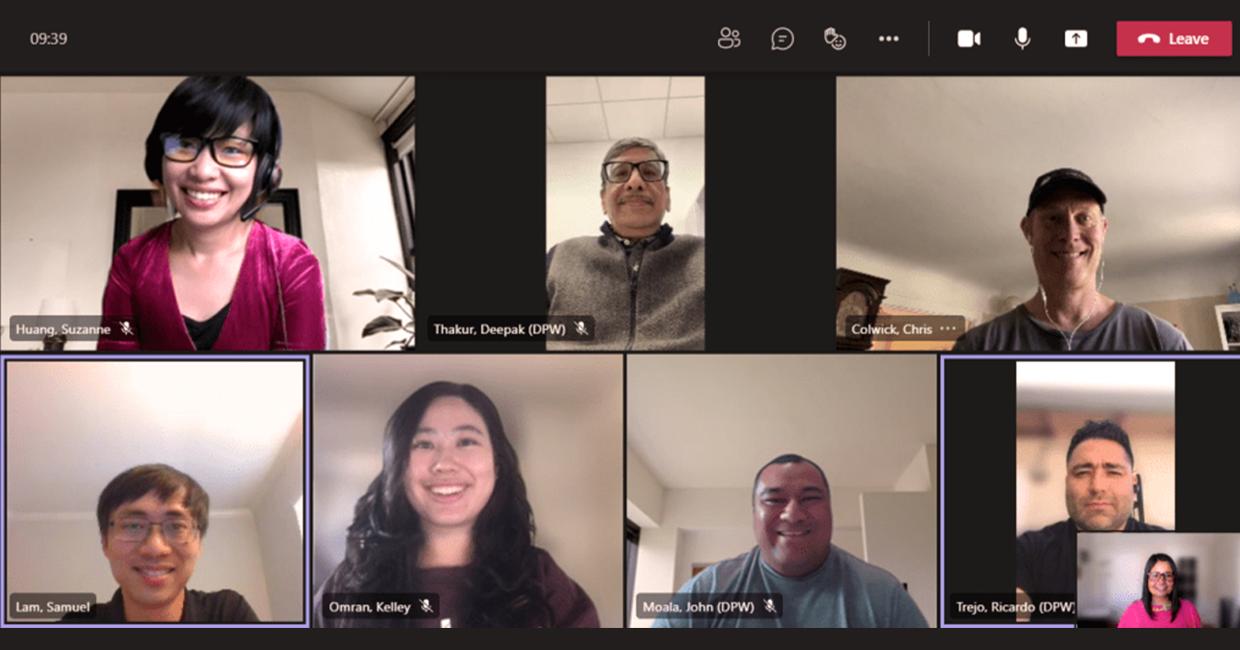The Mission Brick Sewer Rehabilitation is one of the Sewer System Improvement Program (SSIP) projects to upgrade and modernize our existing 100-year-old sewer mains. After years of planning, the project broke ground in early 2021.
The community praised the endeavor to upgrade the sewer system on Mission Corridor, between 16th and 22nd Streets, as well as between 25th and Cesar Chavez Streets, and replace a small section of the Emergency Firefighting System pipeline at the intersection of 20th and Mission Street. But after a difficult year of COVID lockdowns and as lockdown rules began lifting, the community had concerns about construction impacts on local businesses.
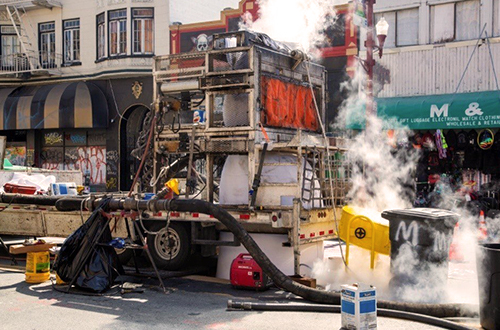
Although the project team had conducted extensive outreach during the design phase, no one could have predicted construction would occur during a pandemic, when local businesses were struggling. After the construction contract was issued, the project team re-engaged the community and had several intense discussions with local merchants, community groups, and the District Supervisor’s office around ways to further reduce construction impacts as businesses started re-opening from the COVID lockdowns.
Trenchless Construction Minimizes Impact
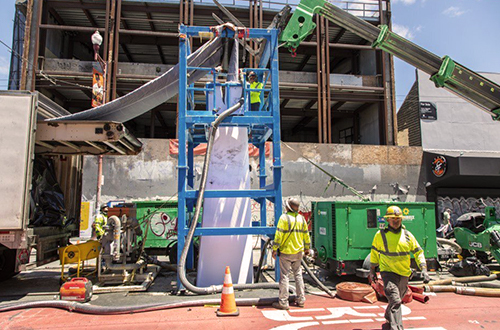
The first step for the project team was to reassure the community that the least impactful construction method would be used – a trenchless construction method called Cured-in-Place Pipe (CIPP). This method reduces construction duration and is less disruptive to neighbors versus the more common construction method of open-trench excavation with the associated street restoration.
CIPP has already been successfully used on other SSIP projects across the City and involves accessing and rehabilitating the pipe by inserting a synthetic liner through existing or new manholes, rather than digging long trenches.

As part of the Cured-in-Place Pipe (CIPP) process, once the synthetic liner is inserted into the manhole, the contractor inserts hot water or steam, which applies pressure and pushes the liner against the wall of the existing pipe. The curing process typically takes 36 to 72 hours, resulting in the formation of a new pipe inside the existing pipe, and adding at least another 50 years of life to these pipes.
Construction Amidst Muni Stops and Parklets
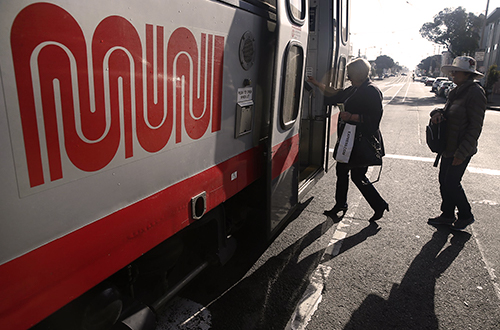
The SFPUC partnered and worked closely with San Francisco Public Works (SFPW), San Francisco Municipal Transportation Agency (SFMTA), and Cratus Construction Inc for the construction phase to ensure the project be completed with minimal impacts to the neighborhood residents, visitors and businesses.
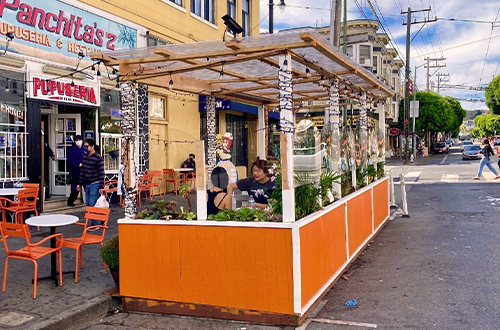
One of the biggest challenges the team overcame was performing construction while maintaining traffic, MUNI-bus operations, and minimizing impacts to new parklets that were continuously being built along Mission Street to support outdoor dining. To do this, meetings were held weekly with the Mission merchants, which helped shed light on their collective concerns to the project team. Continuous coordination and planning led to some mid-project adjustments to reduce impacts to merchants, avoid temporary removal of parklets, and help build a sense of community between City agencies, the construction contractor, and the merchants along the Mission corridor.
Lessons and Insights for Future Projects
After one year, the team is thrilled to have successfully rehabilitated the Mission Corridor’s sewer system using the CIPP method. Suzanne is thankful to the interagency team, Cratus Construction, and the Mission Street community for all the support that led to the successful completion of this project.
“This project shows that close coordination with the community, other City agencies, and the construction company can save time and reduce community impacts. Teamwork, collaboration, and public outreach were all crucial in the success of this project,” said Suzanne Huang, SFPUC Project Manager.
New SSIP projects are gearing up in the New Montgomery area of downtown, the Tenderloin, Nob Hill, Chinatown and other areas to address our aging sewer infrastructures. The lessons and insights learned on Mission Street will help ensure future and proposed projects are also delivered successfully. San Francisco’s diverse neighborhoods come with their own unique history and culture. Future project teams will:
- Identify and prioritize public outreach and language access for two-way communication to build trust and integrity with the impacted communities.
- Respond quickly and effectively to merchant concerns.
- Provide multilingual communication with residents and merchants in the neighborhood throughout the project ensured the entire community remained informed of project activities, changes, and anticipated impacts.
A Shoutout to the Construction Project Team
A big congratulations to the Mission Brick Sewer Rehabilitation Project Team for successfully completing this project and a job well done in upgrading and modernizing San Francisco’s amazing sewer system!
Construction Project Team:
- SFPUC Infrastructure Division (Suzanne Huang, Howard Fung, Steve Robinson, Bessie Tam, Carman Luk)
- SFPUC Communications (Chris Colwick, Beatriz Florez Huertas, Kelley Omran)
- SFPW Construction Management (Robin Park, Ricardo Trejo, Deepak Thakur, Daniel Brugmann, Cyril Velasquez)
- SFPW Infrastructure Design & Construction (John Moala, Chung Linh, Robert Begley, Lesley Wong, Iqbal Dhapa)
- SFMTA (Samuel Lam, Jonathan Kibrick, Chadwick Lee, Cheryl Liu, Kenneth Leung, Mari Hunter, Francesca Napolitan)
- Contractors and Consultants (Cratus Construction Inc., InsituForm, AEW Engineering Consultants, OrgMetrics LLC)


